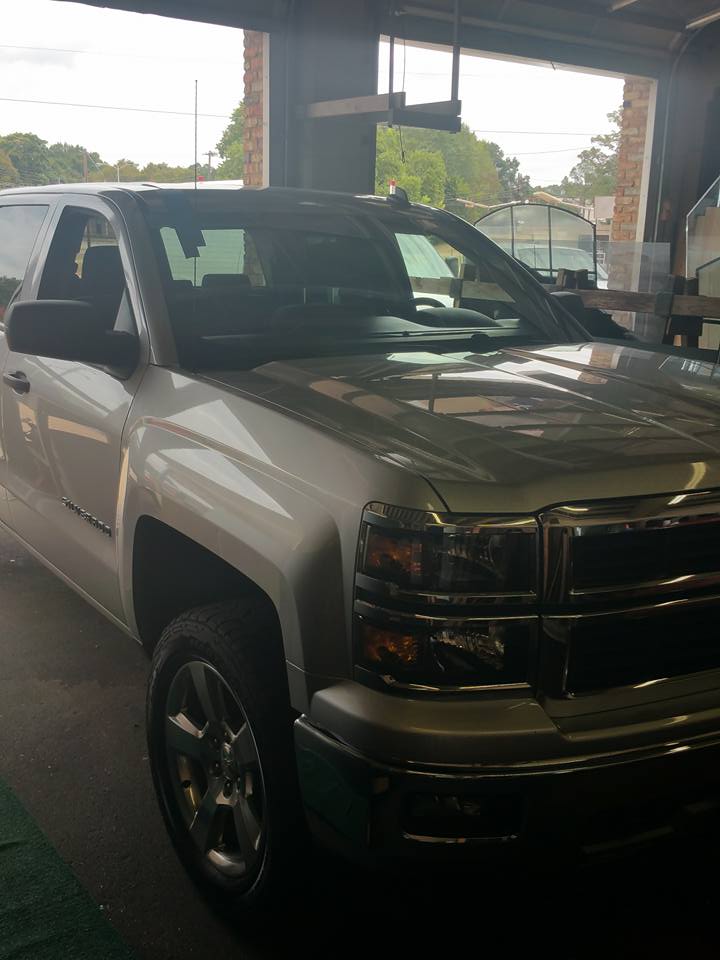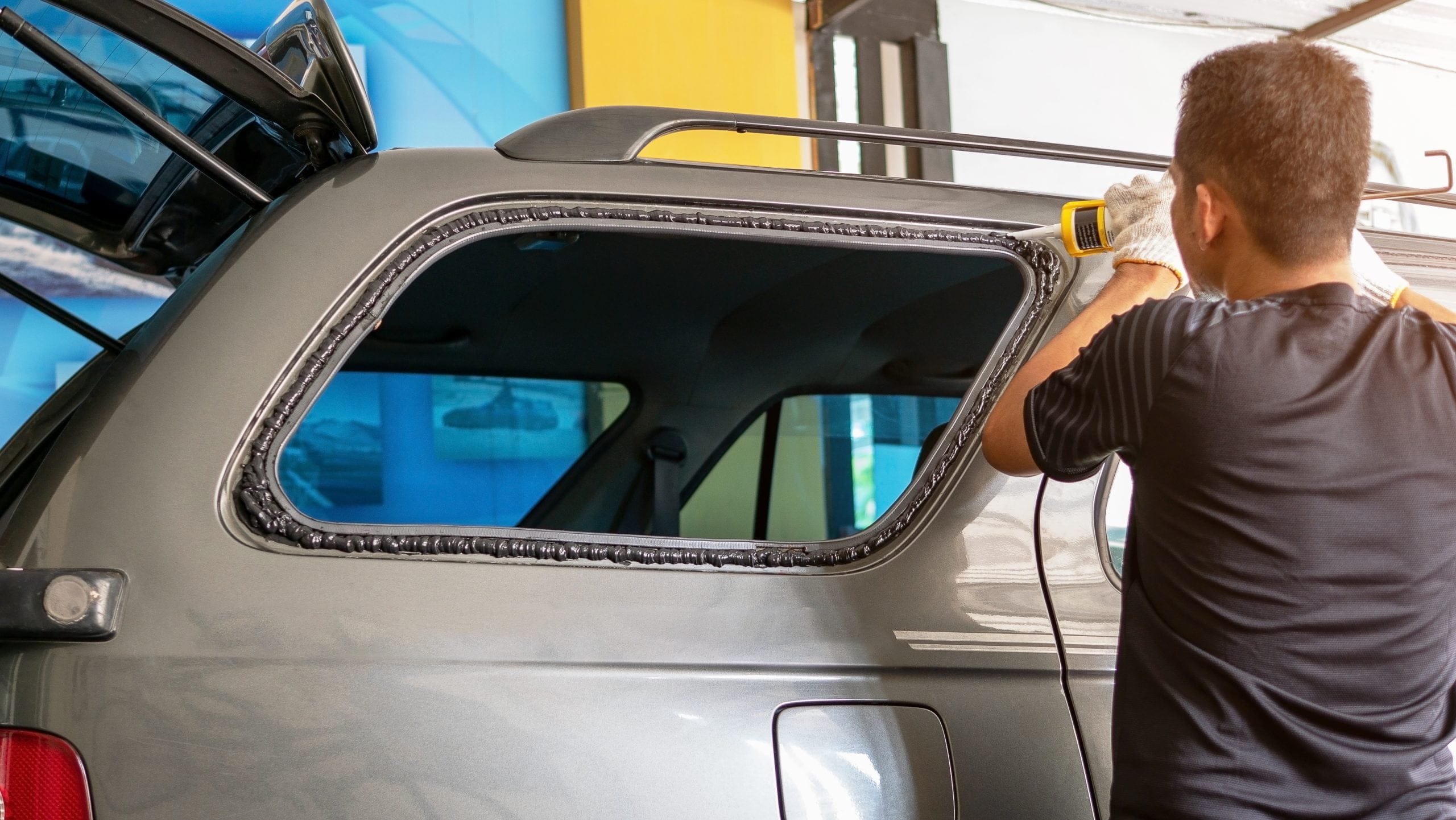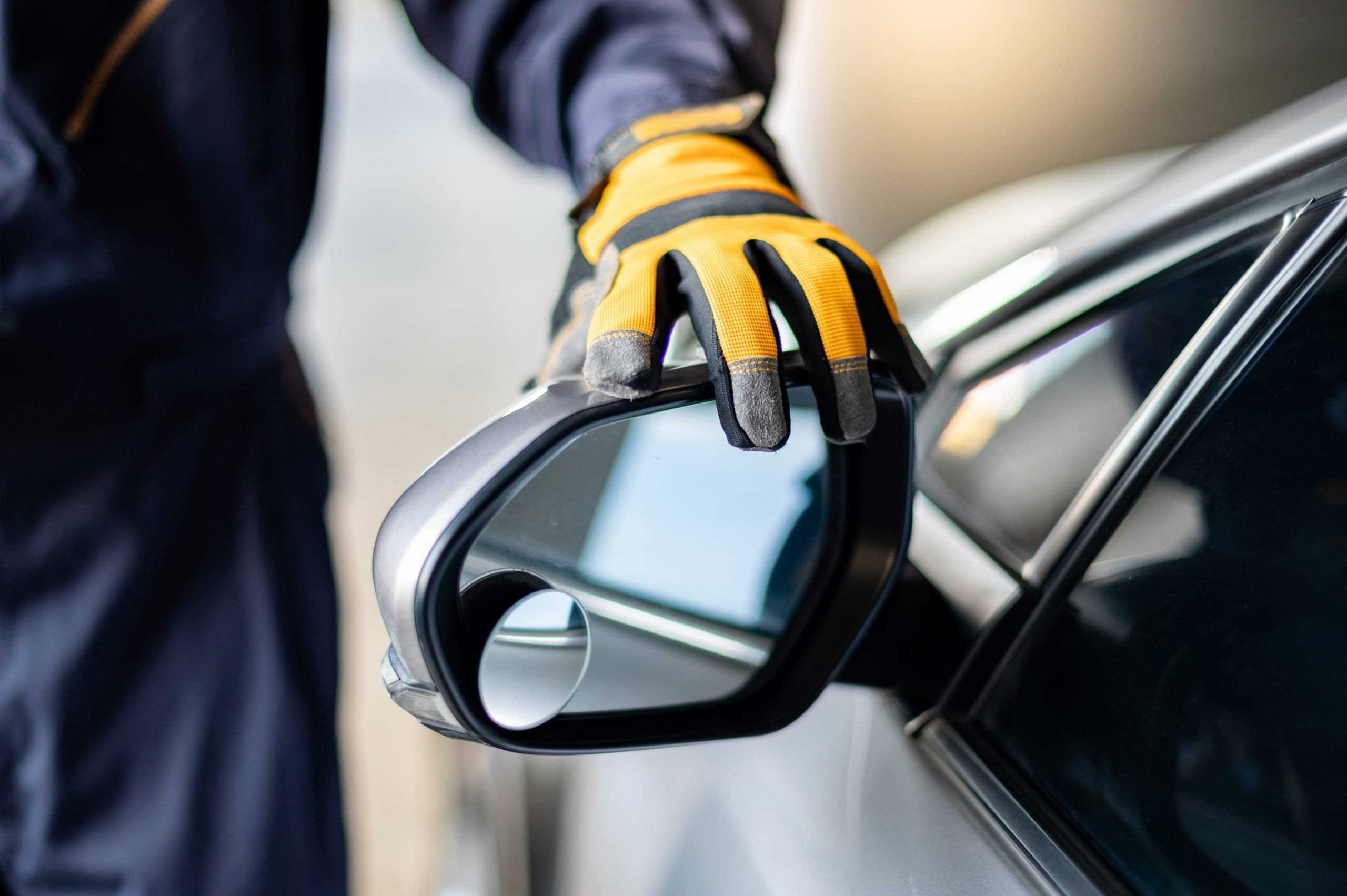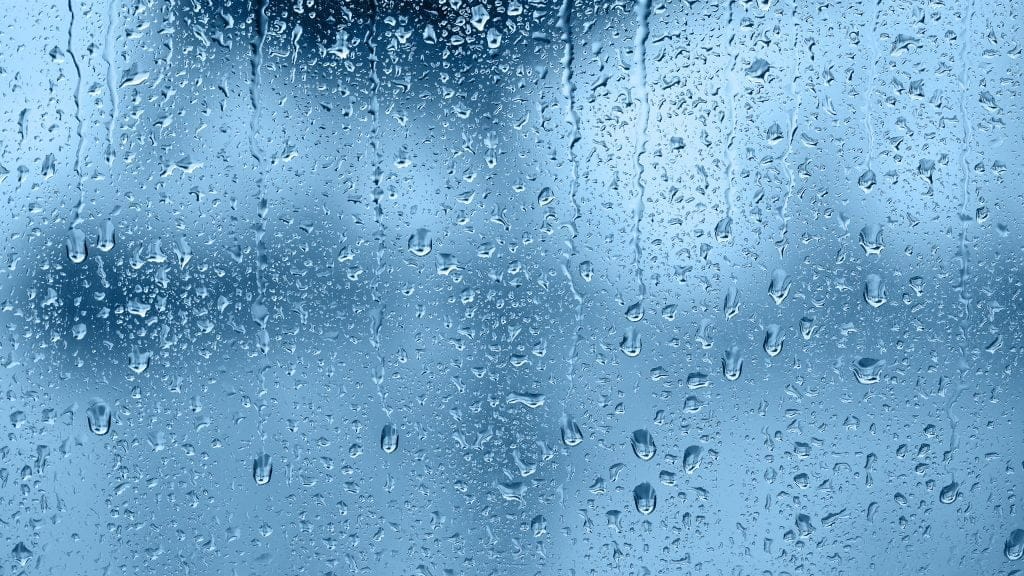Your car’s windshield and windows are designed to withstand the elements, but that doesn’t mean they’re immune to damage. Weather conditions—whether extreme heat, freezing cold, or heavy storms—can take a serious toll on auto glass over time. Cracks, chips, fogging, and even shattered windshields are all possible consequences of weather-related stress.
Understanding how different weather conditions impact your windshield and windows can help you take preventative measures to keep them in top shape. In this guide, we’ll break down the most common weather-related threats and what you can do to protect your auto glass.
How Hot Weather Affects Your Windshield
1. Expansion and Stress Cracks
When temperatures rise, your windshield expands slightly. If there’s already a small chip or crack, the heat can cause it to spread. Parking in direct sunlight for extended periods can accelerate this process, leading to larger, more expensive damage.
- Park in shaded areas or use a sunshade.
- Get small chips repaired before they spread.
- Avoid blasting the air conditioning on full power right away, as sudden temperature changes can worsen cracks.

2. Warping & Distortion

Extremely high temperatures can sometimes cause minor warping of your windshield, leading to visual distortion. This can make objects on the road appear wavy or blurry, affecting your ability to drive safely.
- Avoid parking in direct sunlight for long periods.
- If you notice distortion, have your windshield inspected for potential warping.
- How Cold Weather Affects Your Windshield
3. Ice Expansion & Crack Worsening
Cold weather has the opposite effect of heat—it causes your windshield to contract. If you already have a crack, the shrinking glass puts extra pressure on weak points, often making the damage worse. Ice and snow can also seep into tiny cracks, freezing and expanding, which speeds up the cracking process.
- Use a windshield cover or park in a garage when possible.
- Get any cracks or chips repaired before winter sets in.
- Never use hot water to melt ice on your windshield—it can cause the glass to crack.

4. Windshield Wiper & Washer Fluid Issues

Freezing temperatures can cause wiper blades to stick to the windshield, leading to tears in the rubber when you try to use them. If you’re using summer-grade windshield washer fluid, it may also freeze, leaving you without a way to clear off road salt and grime.
- Use winter-rated windshield washer fluid that won’t freeze.
- Lift wipers off the windshield when parking in icy conditions.
- Consider investing in winter-specific wiper blades.
How Rain & Humidity Affect Your Windshield
5. Water Leaks & Seal Damage
If your windshield isn’t properly sealed, heavy rain can cause water to leak inside your car. Over time, moisture buildup can lead to mold, unpleasant odors, and even electrical damage.
- Check for signs of leaks, such as water stains or dampness on the dashboard.
- If you suspect a leak, have the windshield seal inspected and repaired.

6. Fogging & Reduced Visibility

High humidity and sudden temperature changes can cause your windshield to fog up. This happens when warm, moist air inside your car meets the cooler surface of the windshield, creating condensation.
- Use the defroster to regulate temperature and humidity inside the car.
- Keep the inside of your windshield clean, as dirt and residue make fogging worse.
- Crack a window slightly to help balance interior and exterior air temperature.
- How Wind & Hail Damage Your Windshield
7. Hailstorms & Impact Damage
Hail can be one of the most damaging weather events for auto glass. Even small hailstones can leave chips or cracks, while larger ones can completely shatter a windshield.
- Park in a garage or under a covered structure during storms.
- If caught in a hailstorm, pull over and find shelter instead of driving through it.
- Consider using a windshield cover during hail season for extra protection.
8. Wind-Blown Debris
Strong winds can send debris—such as rocks, tree branches, and dirt—flying into your windshield. This can cause chips, cracks, or scratches, especially if your windshield is already weakened by previous damage.
- Keep a safe distance from large trucks on windy days, as they can kick up rocks and debris.
- Inspect your windshield regularly for small chips and repair them before they spread.
Protect Your Windshield in Any Weather
Weather conditions can have a major impact on your car’s windshield and windows, from heat-related stress cracks to ice expansion, rain-induced fogging, and hail damage. While you can’t control the weather, you can take steps to protect your auto glass by parking in sheltered areas, using protective covers, and addressing small chips before they turn into big problems.
By staying proactive with windshield maintenance, you’ll ensure clear visibility and safer driving—no matter what the weather throws your way.
Need expert auto glass repair or replacement? Contact Clear Choice Glass today for fast, reliable service!

